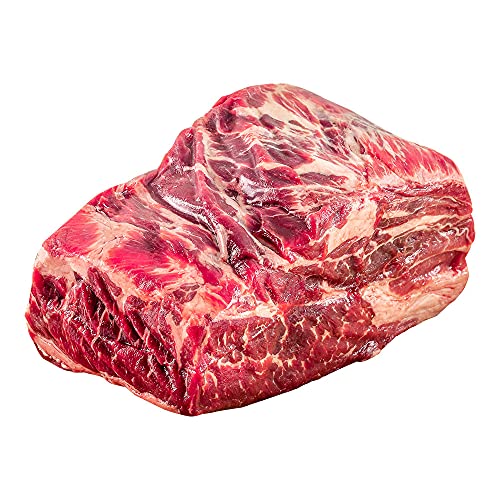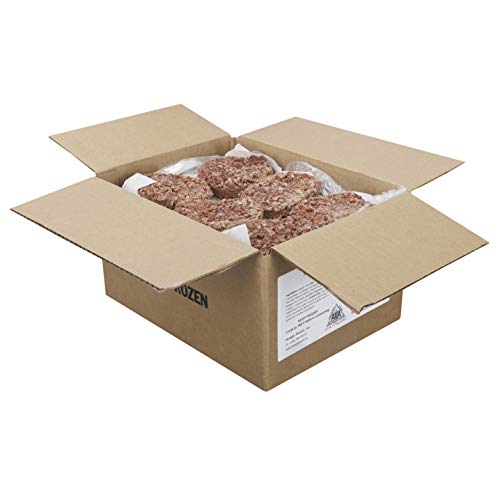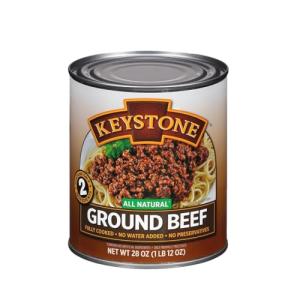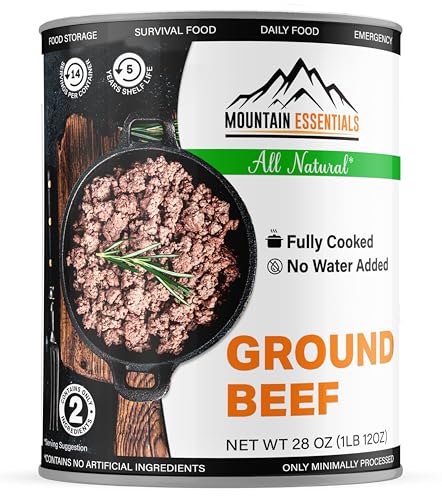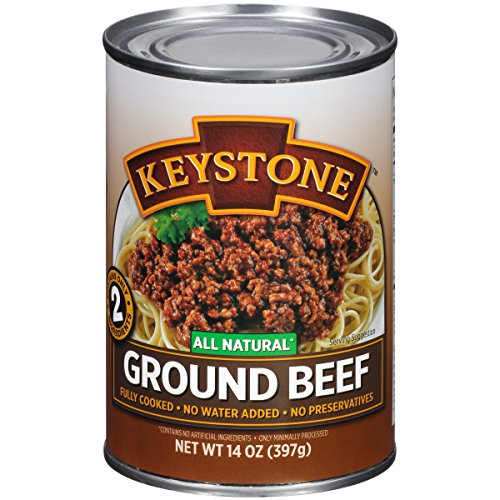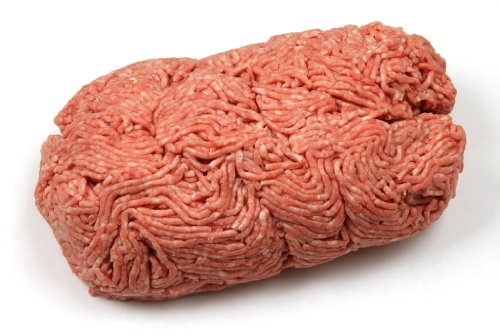Getting into beef butchery can feel a bit overwhelming at first, but it doesn’t have to be. A few basic tips can help you feel right at home when it comes to breaking down a whole beef or picking out the best cuts. First things first, let’s talk about some key cuts you should know about.
You’ve got your classic ribeye, tenderloin, and sirloin. Each one has its own flavor and texture, making them perfect for different types of meals. The ribeye is rich and juicy, great for grilling, while the tenderloin is super tender and perfect for special occasions. Sirloin is versatile and usually more budget-friendly, making it a family favorite!
As you dive deeper into beef butchery, it’s helpful to understand the anatomy of the cow. Think of it as a roadmap. Knowing where each cut comes from can help you choose cuts that suit your cooking style. The chuck comes from the shoulder area – it’s tough but full of flavor, ideal for stews. The brisket is from the chest, often used for barbecue and corned beef. Familiarizing yourself with these areas will make a huge difference.
Don’t forget about the tools! A good, sharp knife is essential for clean cuts. You might also want to invest in a cutting board that can withstand heavy use. And remember, practice makes perfect. Start with smaller cuts until you gain confidence, and soon you'll have the skills to tackle larger pieces of beef.
Popular Cuts and Their Best Uses
When diving into beef butchery, it's crucial to know which cuts are popular and how to use them best. Each piece of meat has its own flavor and tenderness, making them suitable for different cooking methods. Here’s a quick rundown of popular cuts and their fantastic uses.
1. Ribeye
This cut is a favorite for good reason. It’s super tender and packed with flavor thanks to its marbling. Ribeye steaks are perfect on the grill, giving you that savory, charred taste. You can also slice it thin for delicious tacos or stir-fries.
2. Chuck Roast
The chuck roast is all about low and slow cooking. It’s affordable and becomes incredibly tender when braised. Toss it in your slow cooker with some veggies for a comforting pot roast that the whole family will love. It’s a great choice for beef stew too.
3. Tenderloin
If you’re looking for the most tender cut, the tenderloin is your go-to. While it’s a bit pricier, it makes for an impressive steak dinner. Cook it as a filet mignon or slice it into medallions for quick sautéing. Pair it with a rich mushroom sauce for an elevated dish.
4. Brisket
Brisket is a star when it comes to BBQ. It needs some time to cook but turns melt-in-your-mouth delicious. Whether you’re smoking it for hours or braising it in the oven, brisket hits all the right notes. Perfect for sandwiches or served with classic sides like coleslaw.
Nebraska Star Beef Boneless Chuck Roast & Seasoning
A tender, flavorful roast paired with a perfect seasoning blend for your next family meal
Product information
$124.99
Product Review Score
4.72 out of 5 stars
85 reviewsProduct links
Essential Tools for Perfect Butchering
Getting into beef butchery? You’ll want to arm yourself with the right tools. Having the essential gear makes everything smoother and helps you get the most out of your beef. Here’s what you need to make your butchering experience a breeze.
1. Sharp Knives
A good set of knives is non-negotiable. You need a quality butcher knife for precision cutting and a boning knife for getting around the joints. Don’t forget a fillet knife for those delicate cuts. Keep them sharp to make slicing through meat effortless.
2. Meat Saw
If you're working with bigger cuts, a meat saw is your best friend. It lets you break down larger pieces into manageable sections. Look for one with a sturdy frame and a good grip, so you can control your cuts with ease.
3. Cutting Board
A large, sturdy cutting board is essential. Choose one made of hardwood or plastic that can handle heavy-duty tasks. Make sure it has enough space so you can work without feeling cramped. A good board makes a huge difference in keeping your cuts neat.
4. Meat Hooks and Scales
When you're handling larger cuts, meat hooks are super handy. They let you hang the meat, giving you better access to every angle. A reliable scale helps you portion out your cuts accurately. This is especially helpful if you plan to sell or share your beef.
Hungry Planet Beef™ Plant-Based Burgers, 10.5lb
Delicious and juicy plant-based burgers that bring all the flavor without the meat
Product information
$159.20
Product Review Score
4.48 out of 5 stars
205 reviewsProduct links
Tips for Cooking Each Cut to Perfection
Cooking beef is an art, and knowing how to handle each cut makes all the difference. Let’s dive into some tips for cooking popular cuts so you can impress your family and friends with your beef butchery skills!
Ribeye: This cut is known for its rich marbling and flavor. Start by letting the ribeye sit at room temperature for about 30 minutes before cooking. Season it simply with salt and pepper. For a juicy steak, sear it on high heat for 3-4 minutes on each side, then finish it in the oven if you like it medium-rare. Rest it for a few minutes before slicing to keep those juices locked in.
Brisket: Brisket likes low and slow cooking. Rub it with your favorite spices and let it marinate overnight if you can. Cook it in a smoker or a slow cooker for 10-12 hours. The result? Tender, melt-in-your-mouth meat. Don’t forget to slice against the grain for the best texture!
Chuck Roast: This is a tough cut that transforms beautifully with braising. Brown the roast in a hot pan, then add onions, carrots, and beef broth. Cover and let it simmer on low heat for at least 3 hours. You’ll end up with a hearty, flavorful dish that’s perfect for cozy dinners.
Tenderloin: If you’re aiming for a fancy meal, tenderloin is your best friend. It's super tender, so less cooking is key. Sear it quickly on high heat to lock in flavors, then pop it in the oven for about 15-20 minutes. Just remember to let it rest for about 10 minutes before cutting into it, and you will be rewarded with soft and juicy bites!
